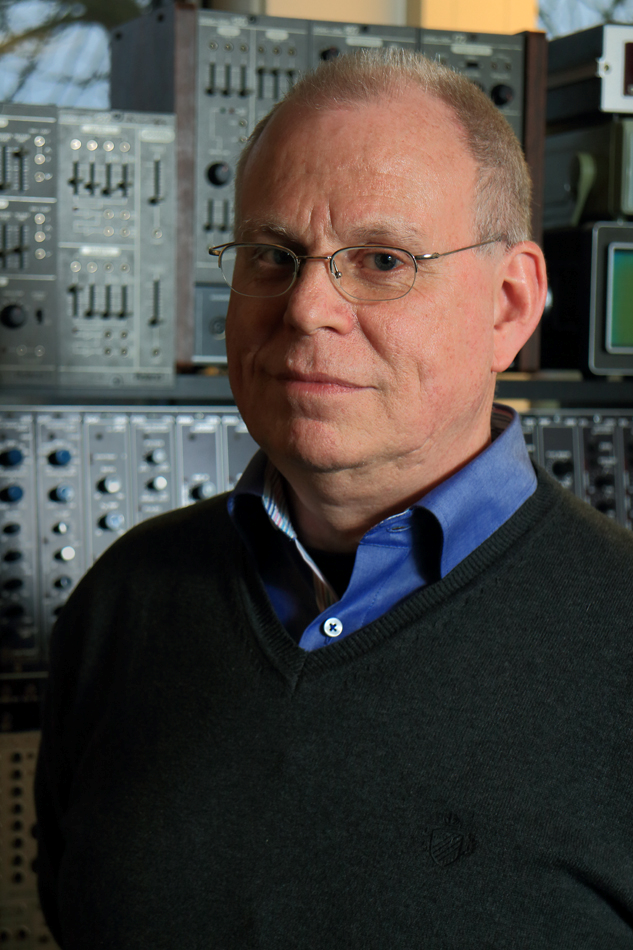During his study at art school he was also active in pop music and he started to combine his visual output with sound and music. This was noticed by film makers around him and he was asked to produce music for their films too.
After some time this led to a change of profession into a composer and sound designer for the media. During the following 30 years he worked on the sound and music for more than 400 media projects. Since halfway the 1990's he is affiliated as a senior lecturer and researcher with the school of Music Technology and HKU Media at HKU (Utrecht University of the Arts), where he teaches sound design and composition for both linear and nonlinear media. In the mean time he finished his Mmus degree and he was granted a MPhil, for which he wrote a thesis on the difference between linear and nonlinear representation and sound design within these dissimilar contexts. After working with urban designers he developed an expertise in sound in public space. He has been lecturing and giving radio performances on this subject at home and abroad.
Since 2005 he cooperates with visual artist Robbie Cornelissen. Together they assemble art installations made up of nonlinear 3-dimensional animations, for which they received the Professional Dutch Animation Award 2015. For this he uses chaotic algorithms to generate sound and electronic music. Working as a sound artist in the contexts of fine art and public space his interests and fields of work have now become full circle. Over a period of time he has published articles and papers on sound design for public space and music and sound design for nonlinear artefacts. Future publications will explore nonlinear representation, designing time and space with music and sound, and a book on sound design as a discipline within urban design.
